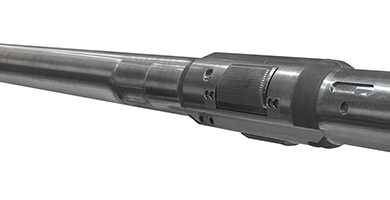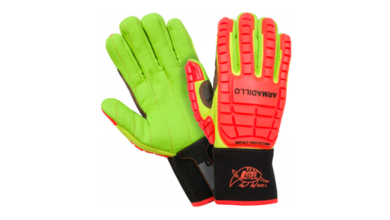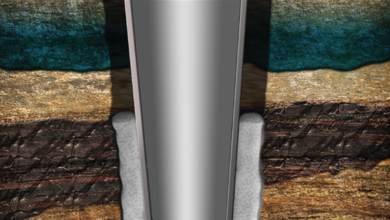Drilling Ahead: Drilling smarter – It’s not your father’s oilfield
By Mike Killalea, editor and publisher
It’s not your father’s oilfield. Necessity, celebrated mother of invention, demands that we drill smarter, work better.
This issue presents the cream of the crop in smart drilling, beginning right on the cover with the Noble Bully I drillship and its Huisman tower.
As you will see in our Critical Issues in Drilling and Completions section, recruiting, training and sustaining a 21st-century work force tops the list. Accelerating new-hand training is a huge challenge. We must bring them not only up to speed but up to light speed.
IADC: Train smart
IADC, the industry’s training accreditation and certification standard bearer, is helping companies train smartly to quicken competency. IADC’s Knowledge, Skills and Abilities (KSA) represent competency metrics for basic rig positions – toolpusher, drilling, motorman and so on. This cornerstone competency matrix will soon undergo a major revamp, a step-change expanding the KSAs to cover specialized jobs, like subsea engineers, ballast control officers, among others, as well as non-basic rig positions.
Further, to train smart, records must be portable. For years, IADC has offered the Training and Operations Passport to record training courses, job assignments and even medical and immunization information.
The passport is great, but our new tool is even better. The IADC SkillSTICK* represents a digital revolution in information technology for the drilling industry. The 16-gigabyte thumb drive accommodates a plethora of data – employee profile, eLearning courses, certificates and licenses. The SkillSTICK even allows space for personal photos and files.
Perhaps best of all, the IADC SkillSTICK will sync with an online training matrix, storing key information in the “cloud.”
Maintain smart
Discussing rig maintenance probably sounds like a weak second act, after the post-space-age SkillSTICK. This could not be more wrong. The world of rig maintenance is changing fast, in philosophy, method and technology.
In your granddad’s day, the approach to rig maintenance was pretty much, “When it breaks, fix it. If it ain’t broke, don’t fix it.” With condition monitoring, this attitude is changing fast. The best time to fix a problem is before it occurs.
With condition monitoring, we continuously review data indicating how a piece of equipment is performing. In fairness to Grandpa, he lacked the electronic and software tools to even attempt condition monitoring.
“Fifty years ago, we had mechanical engines. We didn’t really have to do anything with them. We ran them until they died,” Sepideh Otmishi, Caterpillar, said.
The question today, explained Steve O’Leary, Seadrill, is, “How do we qualify our equipment for continued service?” Mr O’Leary and Ms Otmishi spoke at the IADC Condition Monitoring Workshop, organized by the IADC Future Technology Subcommittee and hosted on 19 January by National Oilwell Varco.
Past practices of simply shopping for new equipment every five years is unacceptable, Mr O’Leary said. “It’s got to be fit for purpose every time we use it — not just every five years.”
Changing old habits did not come easily, though. “It took a while to get people onboard. It’s a big part of what we do now,” he added.
Successful condition monitoring means working closely with the OEMs.
But one of the problems is a lack of reliability data. This is an industry problem that IADC has tried to tackle.
But, as Mr O’Leary said, “It’s going to take the whole industry.”
For PDFs of presentations from the IADC Rig Condition Monitoring Workshop, click here.
For more on the IADC passport, click here.
For details on the IADC SkillSTICK, click here.
* SkillSTICK is a mark of Indaptive.
Mike Killalea can be reached via email at mike.killalea@iadc.org.




